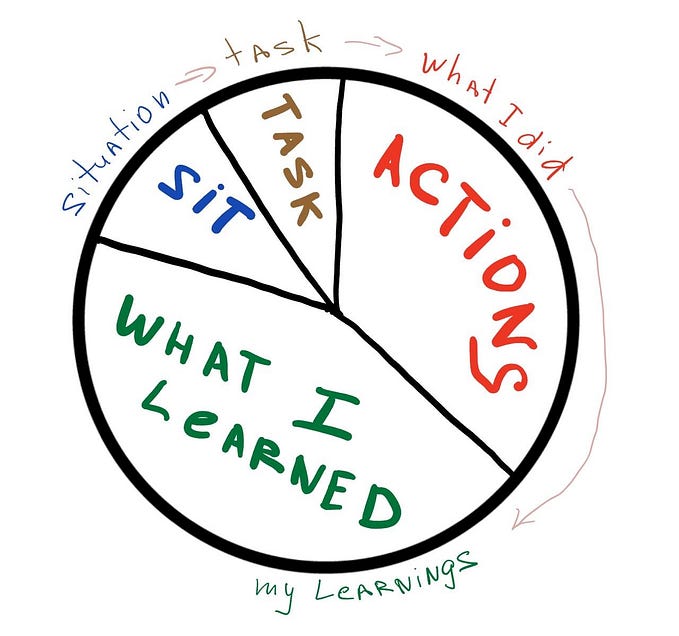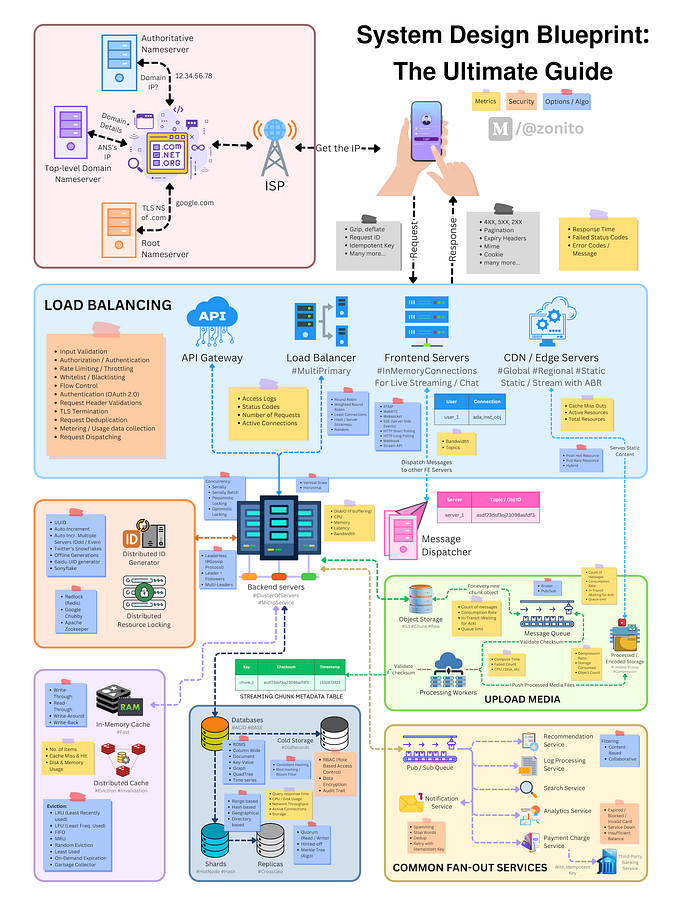
My Design Principles
As we build a new interaction and experience design firm, I’ve begun to re-evalutate my own design processes and principles.
Here’s what I stand for as a designer, and the questions I have yet to answer …
Mechanism verse Outcome
Do we provide discovery or innovation? One feels like the actual thing required to do good work, and the other a result. Are we the result of our work, or are we the work itself?
Data-Driven Design
Can we focus on small, testable components? Maybe instead of it being MVP (minimum viable product), it should be MVE — minimum viable experiment. Always define what the measure of success is. Ask what provides an agnostic approach to solving the problem, ridding the user (and us) of previous biases. And test all assumptions against real-world scenerios.
Clarity over Simplicity
Users benefit more when things are presented extremely clearly. This means clearly marking progress, clearly showing hierarchy, and so on. Even if there’s more information on a page than a user needs, they can navigate a process smoothly, and quickly.
As a team, internally we should clearly communicate ideas. Use web inspector more, use click-through mockups to narrate an experience, dig into the animations and sequences we think work ourselves instead of delegating them. In essence, be in charge of showcasing your idea — since you can prototype and explain it best.
Act like a Product Company
Work in smaller teams, with greater focus. Design in the browser when you can, and work together (client and team) to iterate through solutions. This means rapid prototyping, direct communication (Slack, Basecamp) and involving only key people into the process.
Be Additive
Don’t produce to subtract. Work to build up. Relate this to a machine that carves a product from a big block of wood, verse a 3D printer that builds from the ground up. One has waste, the other only uses what it needs.
Nothing is set in Stone
Even in this process, it’s clear we’ll continue to re-evaluate our assumptions to see if they still hold. Do our processes, and principles stand time? Do they stand growth? And as an organization — do they span all roles.









